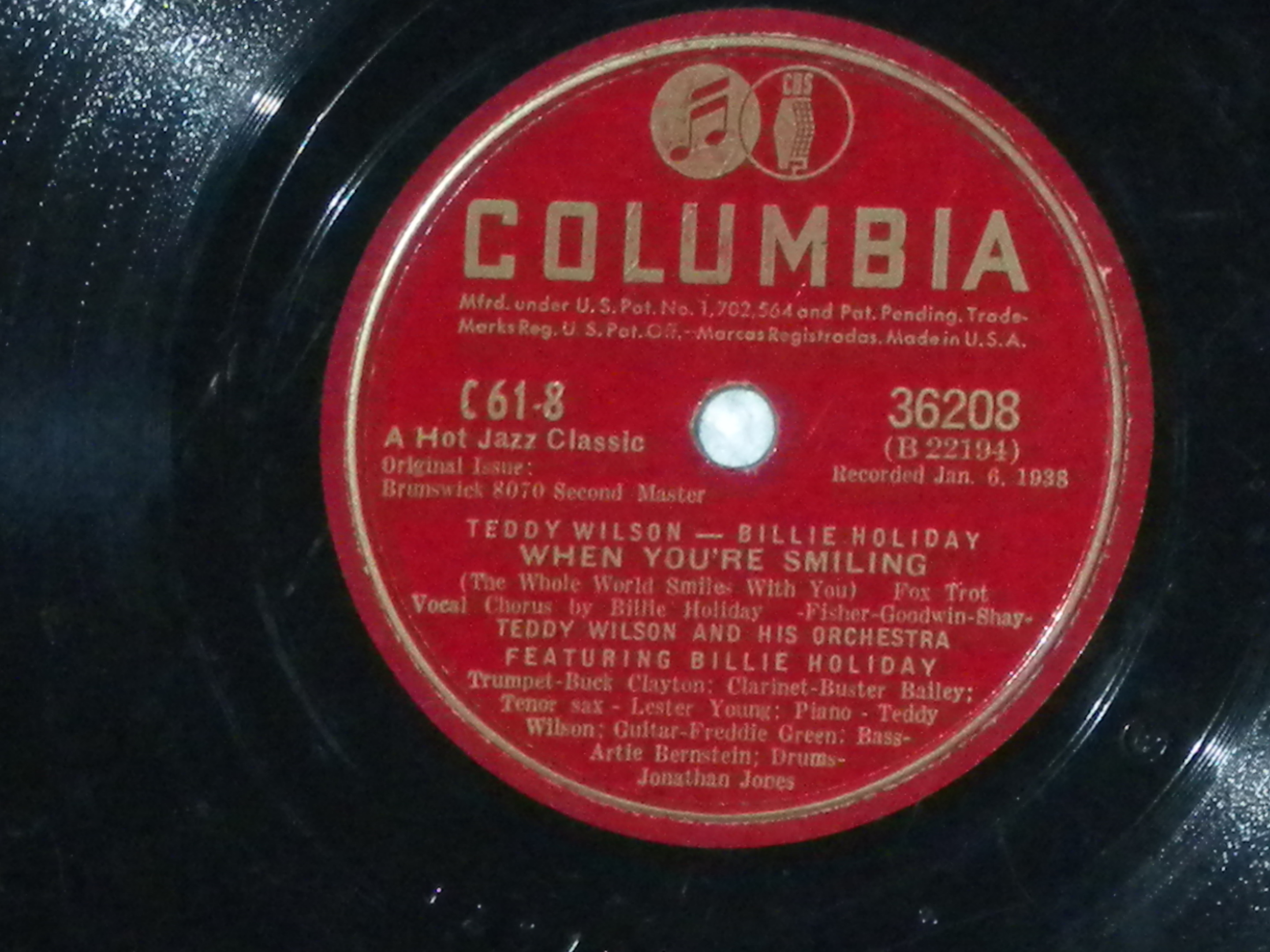
Vinyl, undeniably prone to physical interference and noise, has a growing reputation for a warmer, more life-like sound. Just like a million little square pixels can never make a perfect curve in a picture if you look closely enough. The arguments against digital audio come from the fact that no matter how precise the sampling (~44,000 times per second is standard), the breaking down of music into binary data can never match the smooth and continuous nature of analog vinyl. there is less interference from hissing, turntable rumble, etc.), better stereo channel separation, and have no variation in playback speed. CDs have a better signal-to-noise ratio (i.e. Philips and Sony collaboration available in 1982 to consumers.Ĭompeting formats until 12-inch 33 rpm LPs became standard in the 1940s.įrom a technical standpoint, digital CD audio quality is clearly superior to vinyl.


Warmth, reproduction of analog recordings, nostalgia.ĭegradation, fragility, surface noise, tracking error. Portability, digital playback control, lifespan, amateur friendly. More sensitive to heat, humidity, dust and scratching. More resistant to heat and humidity, but still vulnerable to scratching. Vinyl disc pressed with continuous spiral groove, from edge to center. Plastic disc encoded with small pits beneath thin layer of reflective aluminum.

A CD is a Varying sized disk that is able to hold nano-sized digits formatted as digital files.Ī vinyl record (aka gramophone record) is an analog sound storage medium in the form of a flat polyvinyl chloride (previously Shellac) disc with an inscribed, modulated spiral groove.


 0 kommentar(er)
0 kommentar(er)
